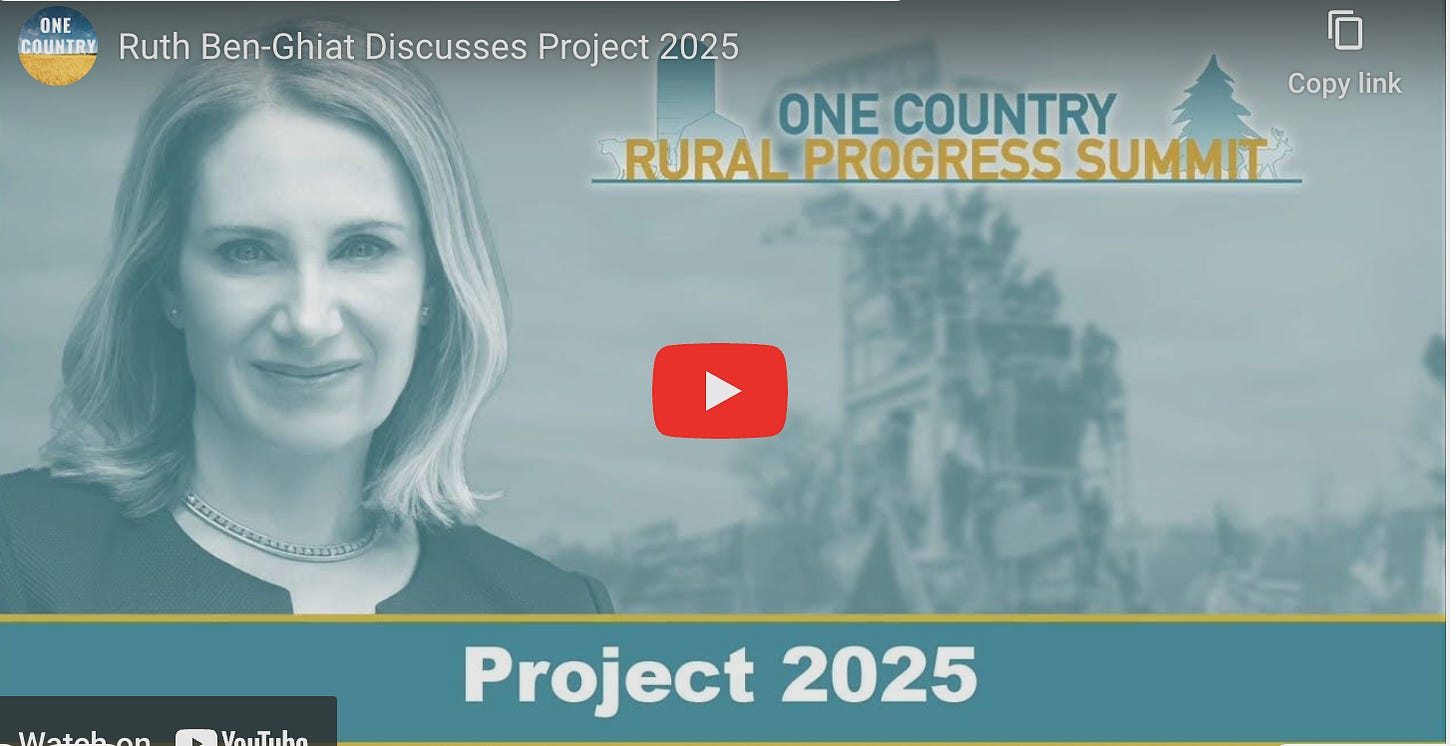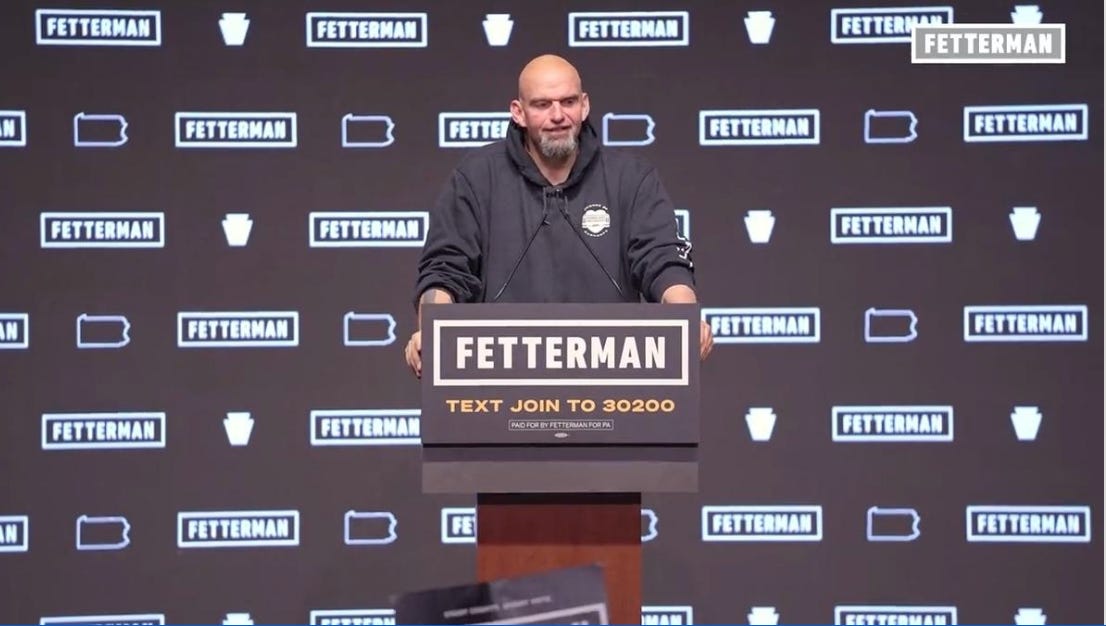Welcome back to Lucid, and hello to all new subscribers. Paying members of Lucid will find the video from our July 26 Q&A below the paywall.
Our next Q&A will take place on Sunday, August 4, 8-9pmET. Our guest will be Tara Setmayer, who is a political commentator and the co-founder of the new Seneca Project. “Galvanize Women, Save Democracy” is their inspiring slogan. I serve on the advisory board.
August Q&A Schedule
There will be no Q&A on Friday, August 9 since I will be in Aspen, Colorado to give a talk at the Aspen Institute as part of the McCloskey Speaker Series. I get back to NYC too late on Sunday to do a Zoom that evening. I have never been to Aspen and I am excited to experience its natural beauty as I talk about Strongmen, authoritarianism, and democracy protection.
So we’ll meet on Friday, August 16, 1-2pmET, August 23, 1-2pmET, and then on Sunday, Sept. 1, 8-9pmET, with philosopher Jason Stanley as our guest.
If you’d like to join these supportive and inspiring conversations, you can sign up as paying or upgrade to paid here. You can start with a $5/monthly subscription — as a fellow Substack writer says, that’s less than a latte or a beer—which becomes just over $4/month if you choose the $50/year option. That means that each hour-long Q&A, which hundreds benefit from each week, costs you about $1.25.
Democrats and Rural Communities: Resources and Strategies
During our most recent Q&A, a member of the Lucid community asked about resources for rural voters. Here is the link to One Country, an advocacy group for this constituency. And here is a link to the video of my discussion with Iowa State Representative J.D. Scholten at the Rural Progress Summit organized by One Country. We had a great conversation about Project 2025 and other issues.
Here is an interview by journalist Anand Ghiridharadas with sociologist Arlie Hochschild, who has written powerfully about rural voters neglected by Democrats and identified by Trump during the 2016 campaign as a “forgotten” constituency to cultivate.
To catch up on the discussions about this important sector of Americans who are often misunderstood, mislabelled and condescended to by elites, here is a Vox article prompted by the reactions to the book White Rural Rage by Tom Schaller and Paul Waldman.
In many democracies, far-right populists have gained support from working-class and rural voters who have felt ignored or dismissed by progressives and some leftist parties. This has certainly been the case in Italy, a country with historically large left and center-left parties that are now perceived by many as too elitist and establishment to be effective advocates of Italians in working-class and agricultural jobs.
President Joe Biden is making massive investments in rural America, whether through his administration’s push to restore manufacturing jobs in challenged cities and less urbanized areas, the initiative to extend broadband service to rural areas, and more.
Yet we can hope that Vice President Kamala Harris, as presumptive Democratic nominee, will find the language and policy proposals that can overcome any mistrust —and the huge toll of disinformation about what the Biden-Harris administration has done in general—and get people in rural areas, who may be dissatisfied with what Republicans have done for them, to vote Democrat. The choice of VP will be important here.
And while Senator John Fetterman has alienated many progressives with his hard-line stance in support of Israel and other issues, his winning 2022 campaign against MAGA celebrity surgeon Dr. Mehmet Oz remains important for its positive populism that appealed to rural voters.
Fetterman, a former mayor of the steel mill town Braddock, PA connected with White working-class voters, including in rural areas. His trademark Carhartt hoodies, his campaign logo that was reminiscent of the Craftsman tools emblem, his emphasis on addressing economic hardship and protection of rights, and his openness about his post-stroke struggles with speech --all of it made Fetterman seem authentic to voters in ways that differed from the images of establishment Democrats.
In this time of rethinking and “resets” within the Democratic party, it’s important to be open to dispassionate analyses of what has worked and what has not, and have the courage, humility, and smarts to change course where necessary.
This may admittedly be harder in the US, with the Democratic party so giant and staid compared to more agile parties that exist in more fluid multi-party environments abroad. But there’s too much at stake not to try, and we can hope that the Democratic convention will be a moment of openness and renewal of strategy.





